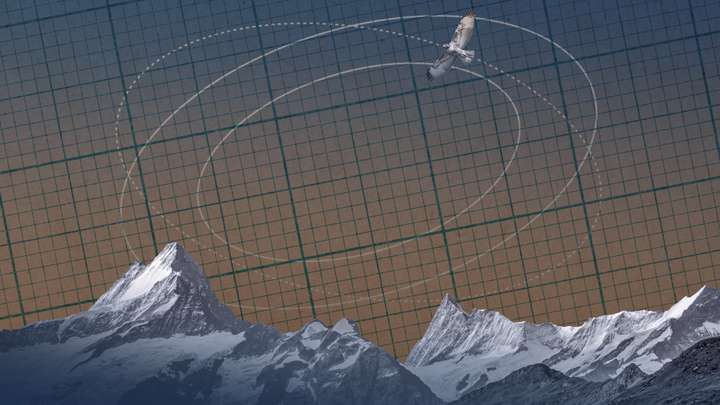
IM Pei, Parthenon, Dancing Bees, Italian Pathogen
Constant Wonder - Season 2022, Episode 229
- Aug 12, 2019 6:00 am
- 101:16
The Legacy of I.M.Pei Guest: Peter Rosen, Director, “First Person Singular: I.M. Pei” This is a conversation we had not too long ago when the architect IM Pei passed away at the age of 102. You’ll know him as the architect of that famous glass pyramid right in the center of the Louvre courtyard. Putting that modern design smack in the center of a two-hundred-year-old palace was a gutsy move, and it stoked quite a bit of controversy at the time. But I M Pei was not a brash man, not someone who was trying to be in-your-face. We spoke with someone who learned this first-hand when he made a documentary of IM Pei’s life. It’s called “First Person Singular: I M Pei” and we spoke with the director Peter Rosen. More sculpture than building Guest: Jeffrey Hurwit, Emeritus Professor of Art and Classics at University of Oregon We are builders. We build homes, offices, neighborhoods and cities. And sometimes, we build monuments—wonders. The Parthenon is a wonder of human architecture and engineering, and represents some of the best that humans can build. Dancing Bees Guest: Tania Munz; author, The Dancing Bees: Karl Von Frisch and the Discovery of the Honeybee Language With World War II raging around him, Karl Von Frisch revolutionized the world of science by cracking the enigma of the honeybee language. Tania Munz, historian of science,weighs in on two intertwined stories—the history of the honeybees themselves, and the tumultuous journey of an Austrian scientist caught up in the Third Reich. US Troops Accidentally Brought a Deadly Tree Pathogen to Italian Soil During WWII Guest: Matteo Garbelotto, PhD, University of California Berkeley Professor of Environmental Sciences and Forest Pathology and Mycology Lab Director A deadly fungus killing trees in the Italian Presidential Estate of Castelporzianomost likely came from US troops camped there during World War II.